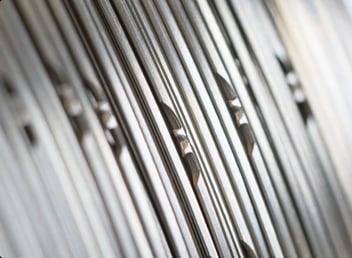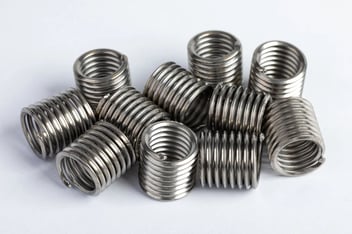Wire thread inserts are indispensable in advanced engineering, especially where strength, reliability and longevity are critical. As a leader in fastening technology, KATO® Advanex delivers a suite of wire thread inserts that excel in high-performance environments, particularly in aerospace, automotive and other mission-critical sectors. This technical guide outlines the specifications, materials, performance metrics and applications of KATO inserts to support precise engineering decisions.
Specifications of KATO Wire Thread Inserts
KATO inserts are helically coiled wire fasteners designed to reinforce threads in tapped holes. They are available in both tanged and Tangless® designs, in unified and metric thread standards.
- Thread types: Unified (UNC/UNF) and Metric (coarse/fine), conforming to NASM and MA standards respectively.
- Standard lengths: 1D, 1.5D, 2D, 2.5D, and 3D. The correct length is selected based on balancing the tensile strength of the bolt and the shear strength of the parent material.
- Installation method: Requires pre-cut STI (Screw Thread Insert) tapped holes according to NASM33537 (Unified) or MA1567 (Metric). Insert installation tools range from manual to fully electric and pneumatic systems.
Materials and finishes
To perform reliably across diverse and demanding environments, wire thread inserts can be engineered with the right combination of core materials and surface treatments. KATO inserts offer a broad selection of material compositions and finishes tailored to meet the challenges of specific applications from corrosion exposure to thermal extremes.
Base materials
KATO wire thread inserts are made from various high-performance alloys to meet specific operational requirements.
- 304 Stainless Steel (AS7245): Standard for most applications due to its balance of corrosion resistance and strength.
- Inconel-X750 (AS7246): Excellent for high-temperature environments.
- Phosphor Bronze: Ideal for applications exposed to seawater or corrosive atmospheres.
- Nitronic 60: Enhanced wear, galling, and thermal resistance.
Surface finishes
Surface coatings further extend the insert’s durability and application range.
- Cadmium plating (AMS-QQ-P-416): Corrosion and galling resistance.
- Silver plating (AMS2411, AMS2412): High-temperature lubricity.
- Dry film lubricants (AS5272): Reduces friction and facilitates installation/removal.
Performance metrics
KATO wire thread inserts are designed to enhance the mechanical strength and reliability of fastened joints. Understanding their performance capabilities like load distribution, locking torque,and resistance to wear and corrosion is essential when specifying inserts for high-integrity assemblies.
Strength and load distribution
KATO inserts dramatically improve load distribution and eliminate notch stress concentration. The insert’s diamond-shaped cross-section and radial spring-like tension enhance both static and dynamic strength.
- Tensile strength: Over 200,000 psi
- Hardness: Rc 43–50
- Thread smoothness: ≤32 microinches, reducing wear from friction
Locking performance
KATO Screw Locking Inserts integrate a locking coil that provides prevailing torque, eliminating the need for external locking mechanisms. They conform to NASM8846 and NASM21209, follow MA1565 and MA3329 and their cycle life exceeds 15 insertions/removals under proper use.
Corrosion resistance
KATO inserts function as a protective layer for mechanical joints in corrosive environments. Galvanic corrosion in particular is mitigated by the use of non-passivated stainless steel, optional coatings (e.g., cadmium) and compatibility with aluminum and magnesium without electrolyte conductivity risks.
Applications and use cases
The versatility of KATO inserts makes them indispensable across a range of industries where joint performance and material compatibility are critical. Whether in aerospace, automotive or precision electronics, these inserts ensure structural integrity and help streamline maintenance.
Aerospace
Aircraft rely heavily on lightweight metals like aluminum, which are vulnerable to thread wear and galvanic corrosion. KATO inserts offer resistance to extreme temperatures and vibrations, lightweight joint construction and FOD-free Tangless® designs for maintenance-critical components.
Automotive
KATO inserts are used extensively in the automotive industry. For engine blocks, transmissions, and EV assemblies, our inserts enable the use of magnesium/aluminum and extend part life by resisting fatigue, corrosion and thermal cycling.
Electronics and precision equipment
KATO inserts are invaluable for compact assemblies where thread precision is critical, miniaturisation requires strong, resilient fastenings and easy maintenance and repair are necessary
KATO - trusted performance for advanced engineering
KATO wire thread inserts are engineered to meet the most stringent performance and quality demands. Whether you’re building aerospace assemblies or lightweight electric vehicle designs, these inserts deliver unmatched strength, corrosion resistance and design flexibility. With Tangless® options, a variety of finishes, and tooling support, engineers have complete control over joint integrity and system reliability.
For more information or expert support, contact the KATO® Advanex team to identify the best insert for your next project.
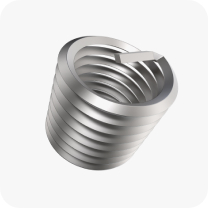
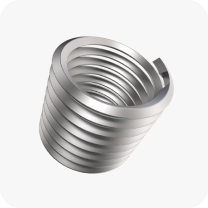
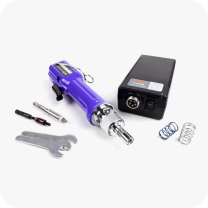
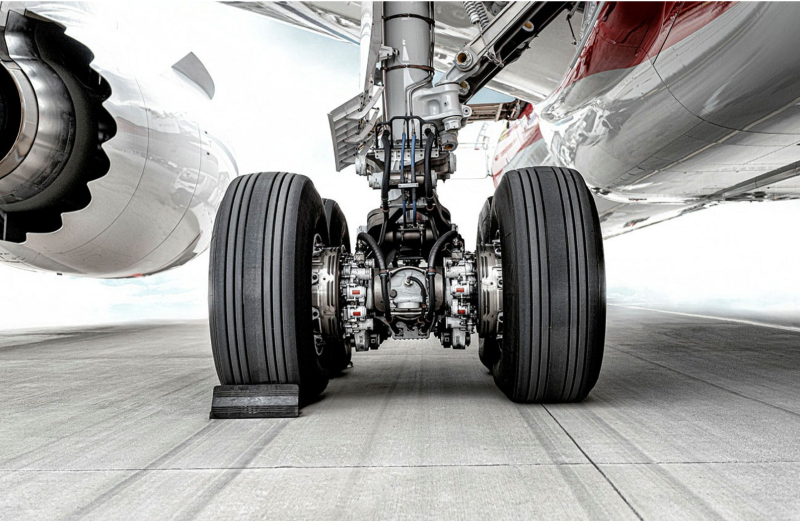
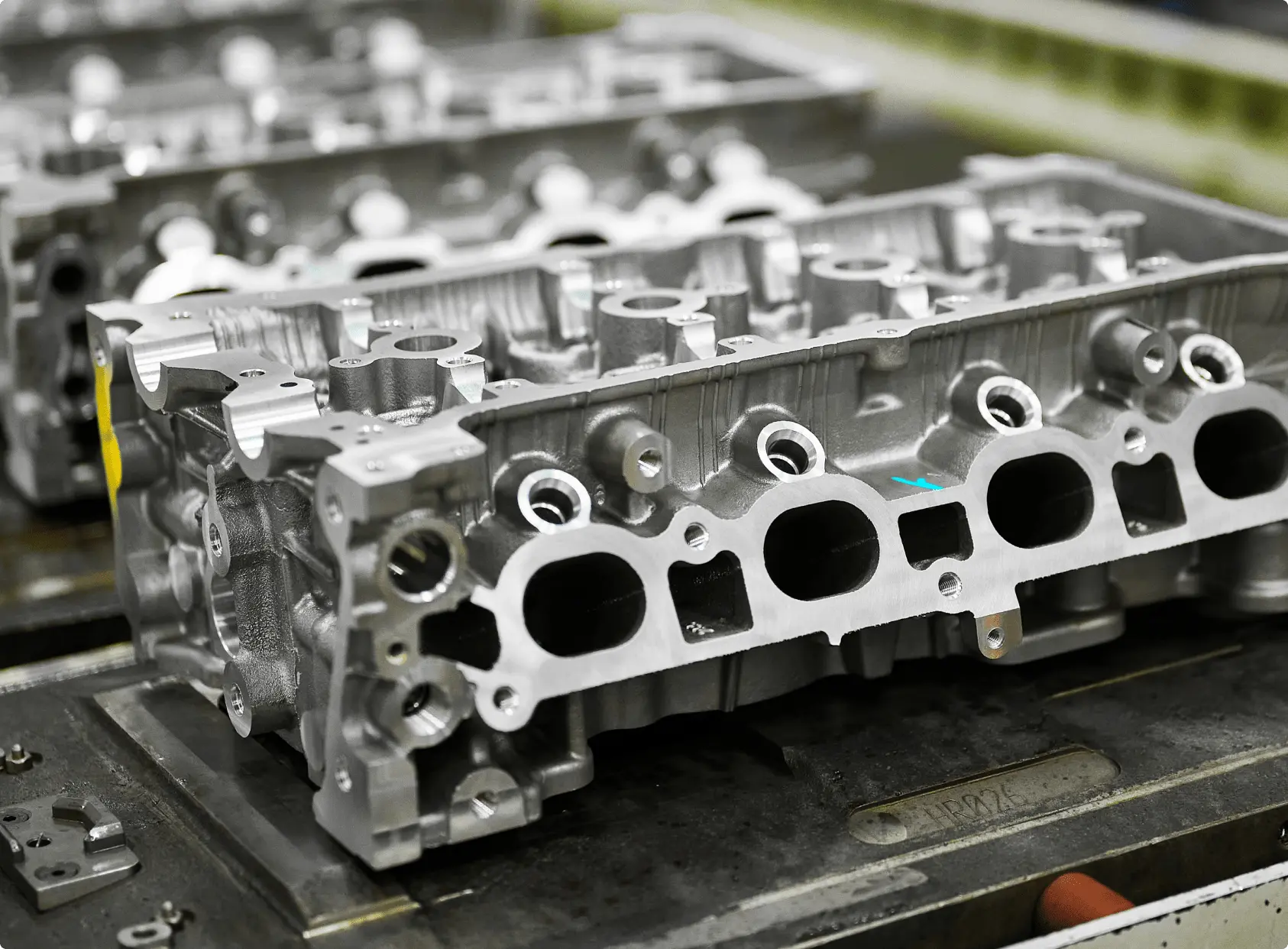
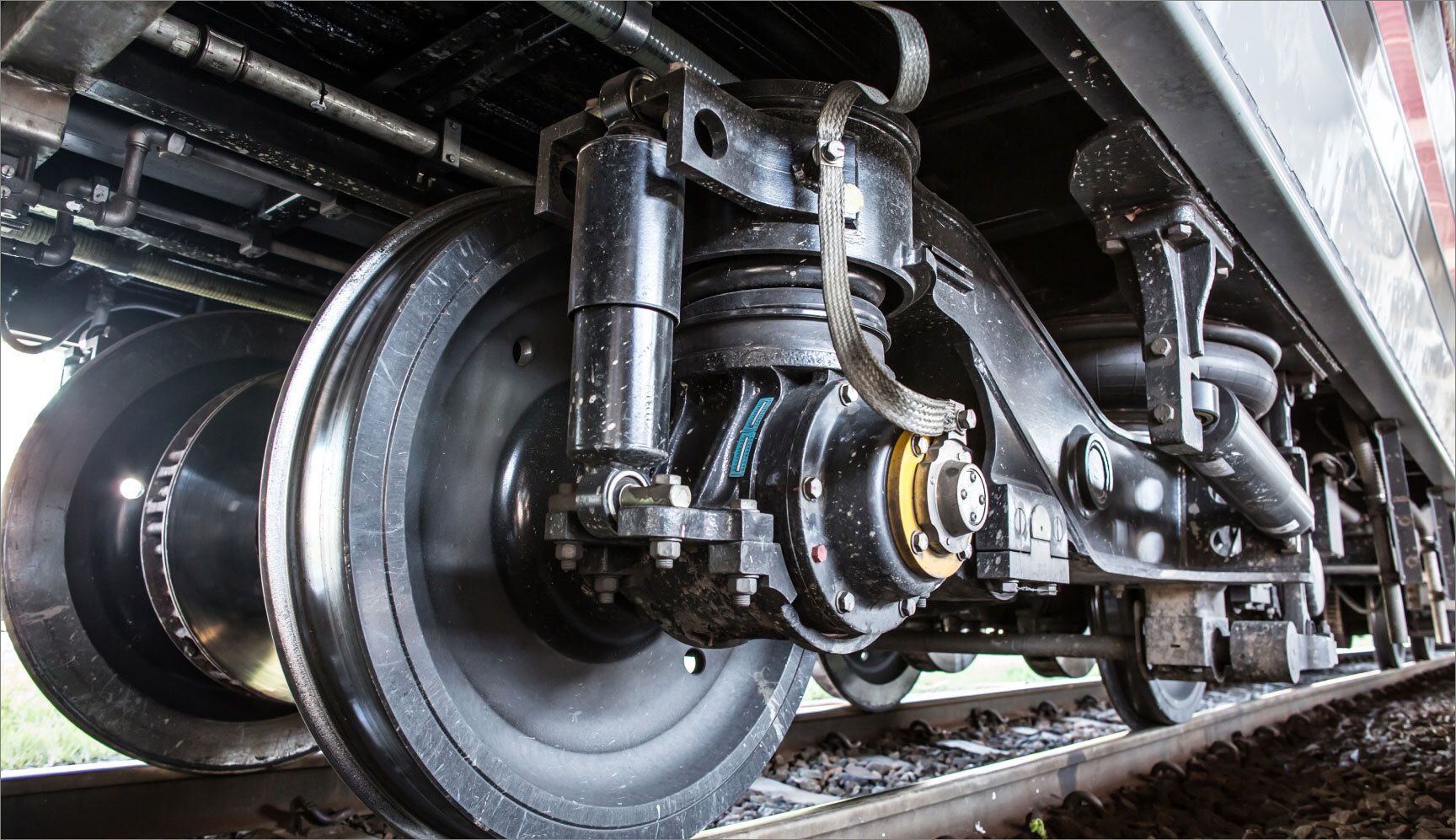


.jpg?width=352&name=EV%20Charging%20(2).jpg)

